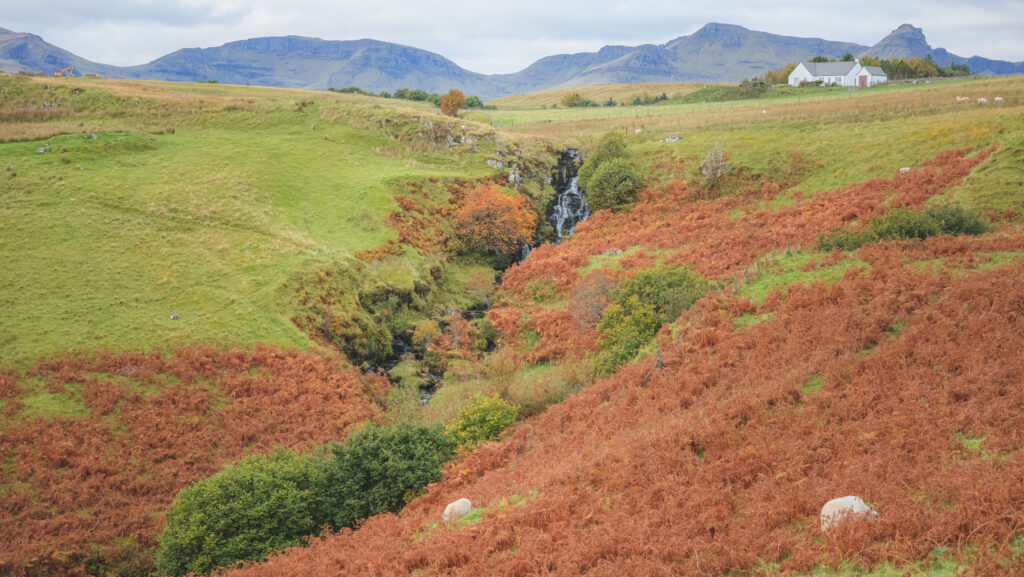Opinion: Centenary celebrations honour our crofting forebears
 © Adobe Stock
© Adobe Stock A century ago, visitors disembarked a ship alongside Portnalong pier at nightfall and climbed the hill to a new township, where their relations now lived.
In the darkness, they saw head-height vegetation – was this potatoes? No, it was bracken. Coming from Harris, they’d never before seen such an infestation.
This was the recollection of my mother-in-law, whose parents had left the Outer Hebrides for a new life on Skye.
See also: Opinion – farmers deliver multi-layered benefits
They’d been resettled by the government after the war as part of a “land for heroes” scheme.
Land had been bought from Clan Macleod and divided into new crofts and grazings.
Families from Harris, Lewis and Scalpay, living in poor conditions there, arrived to build new lives.
Given a basic kit to construct a temporary hut for their families, they built roads, churches, a school and shop, carving thriving agricultural townships out of rank vegetation.
Back-breaking work created a happy community where my husband grew up, and to which we’ve since returned.
A hundred years after those visitors battled through the bracken, we joined 200 people – mostly relatives of those original pioneering crofters – at Minginish Community Hall, for the culmination of the centenary celebrations.
It was a joyous day of laughter, reconnection, and remembrance of those who’d gone before – and what they achieved.
A commemoration cairn was unveiled outside the hall, marking the extraordinary determination of crofters committed to bettering themselves as a community.
On the cairn is a plaque with the words “Cuimhnich na daoine on tàinig thu” – Remember the people from whom you came.
That got me thinking about what it means to belong to a place, and how agriculture uniquely roots us to land.
Taking on our croft, we feel strongly responsible to our forebears.
They sweated blood to cultivate the soil, and we must honour that – especially when looking around at crofts that are unused and choked with bracken once again.
It’s hard not to feel frustrated at land going to waste when there are aspiring crofters desperate for a chance.
Now, there are many reasons why a croft gets neglected. It could be disinterest by the occupier.
But sometimes, the crofter is too old or ill to work it, while the cultural tie is too strong to leave.
Crofting is bone-deep, a crucial part of their identity. We can all empathise with that.
There are solutions – subletting to a young crofter being one – but if the croft house is still occupied by the retiree, that youngster will need to live within 32km to comply with Crofting Commission rules.
With Skye house prices and building costs now eye-watering for anyone on an agricultural wage, that’s easier said than done.
I bang the drum about crofting being inextricable from socio-economic issues, but this is a good example of the interactions.
It would be extremely challenging to duplicate the resettlement scheme today while social and financial problems run rife.
The general election won’t give us politicians who understand what it means to belong to land, so government will continue its rural illiteracy.
One day – though hopefully not for several decades yet – we too will have to leave our croft.
I hope we can pass it on, bracken-free, to someone who believes that the hard graft of the pioneers is worth remembering.

